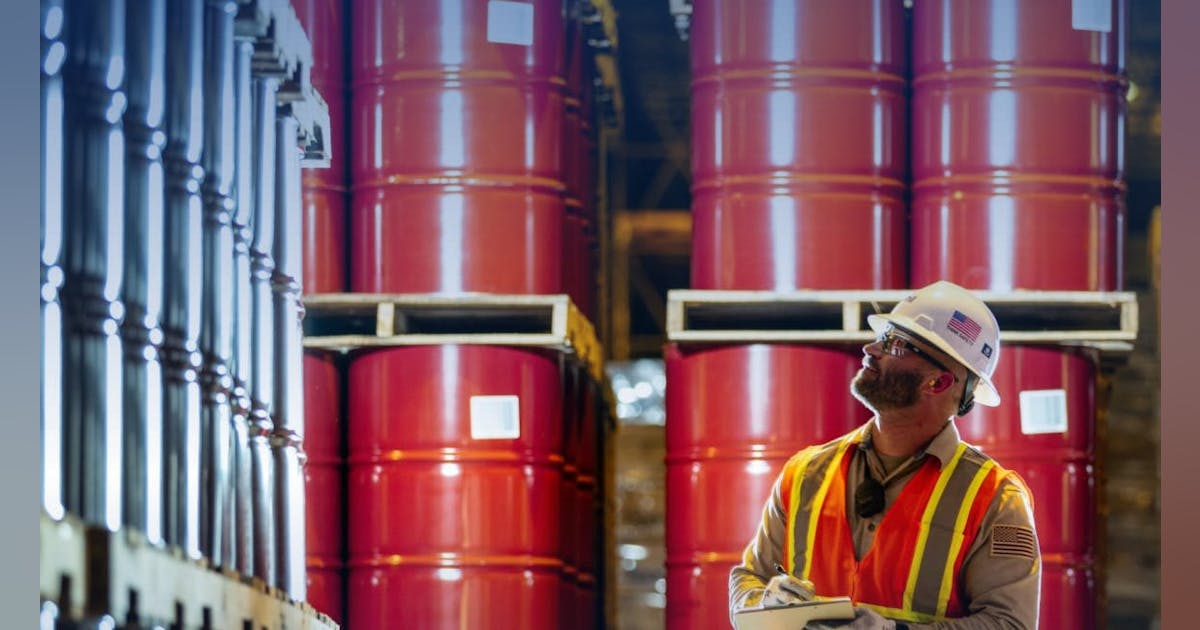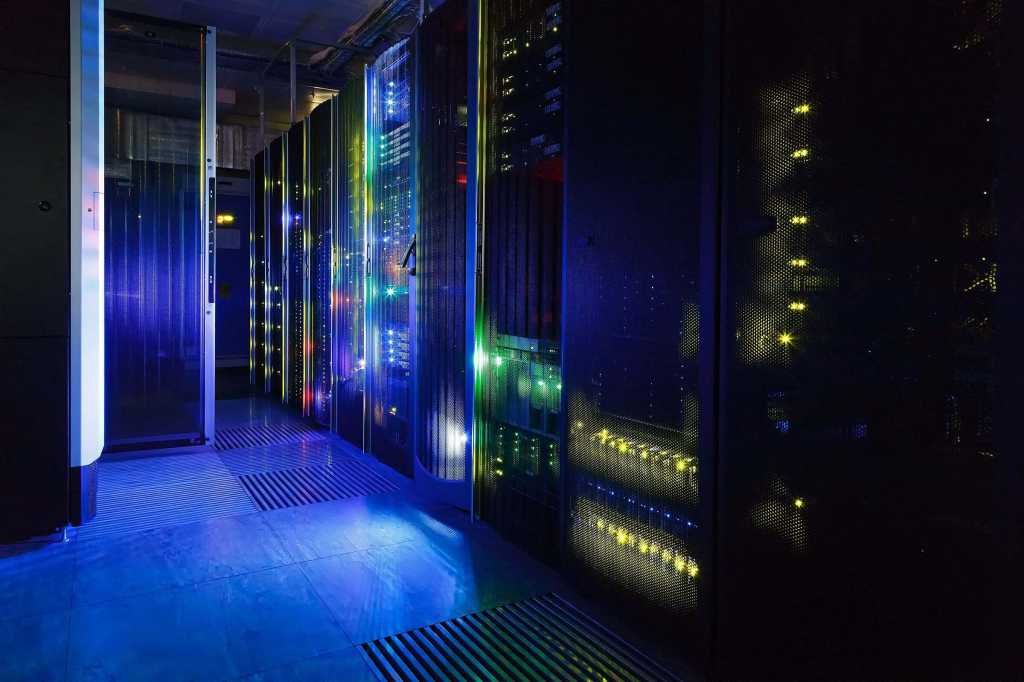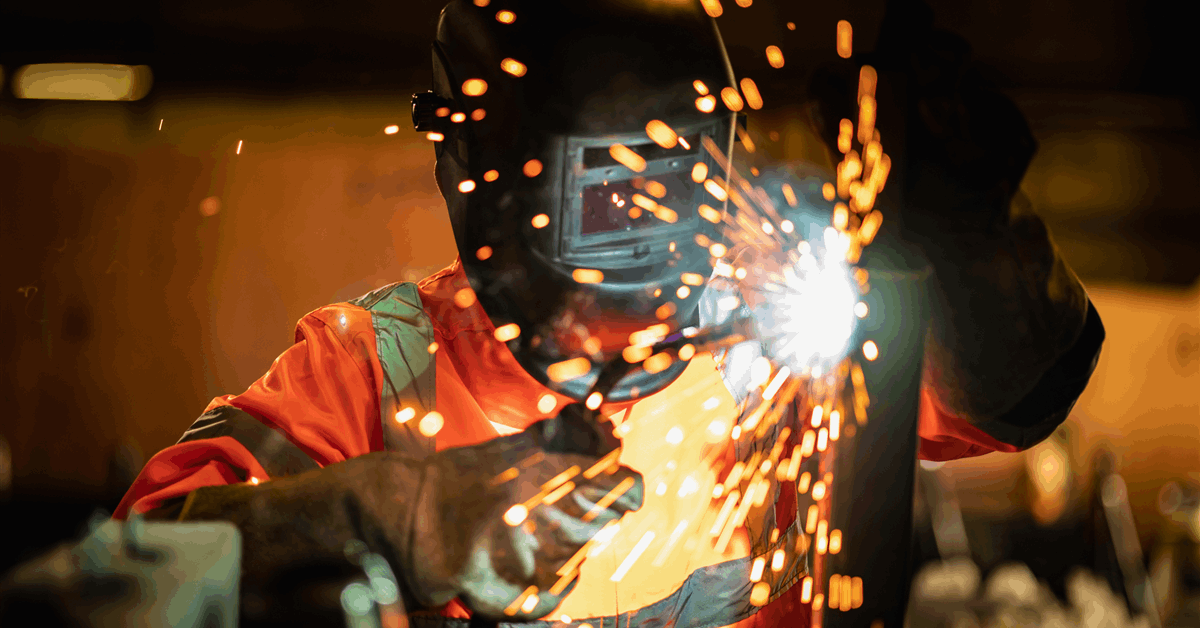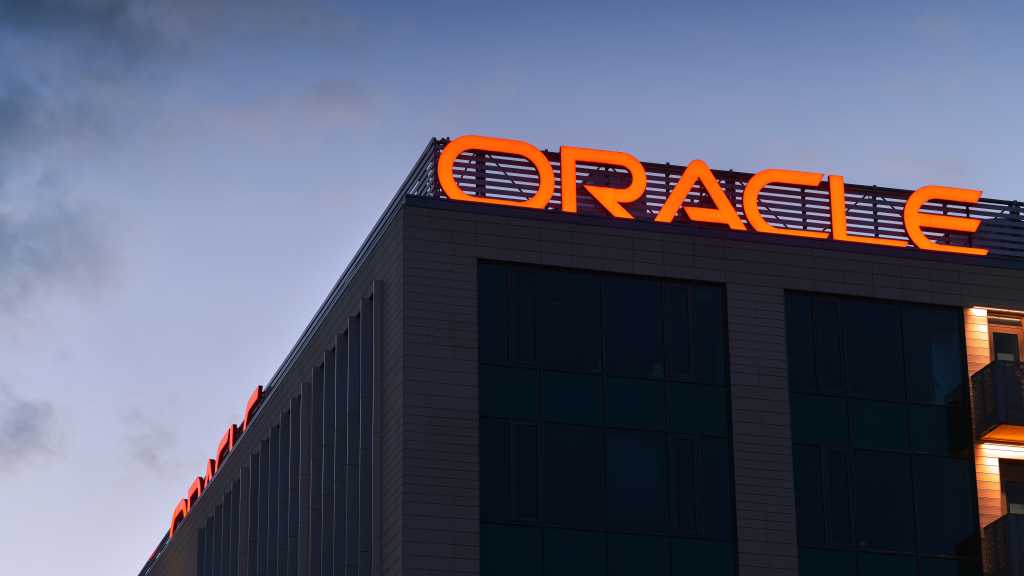National Grid has awarded deals to multiple companies under two parts of a £59bn high voltage direct current (HVDC) supply chain framework.
A total of six HVDC cable suppliers received positions on the Framework Agreement, totalling around £21.3 billion, with a further four suppliers awarded places on the HVDC Converter Framework, at about £24.6bn.
Both frameworks cover confirmed and anticipated projects.
The successful HVDC cable suppliers are Hellenic & Jan De Nul Consortium, LS Cable & System, NKT Cables, Prysmian Group, Sumitomo Electric and Taihan Cable & Solution.
The HVDC Converter Framework has been awarded to GE Vernova, Hitachi Energy, Mitsubishi Electric and Siemens Energy.
Contracts have been secured for a five-year period, with the potential to extend for a further three years.
President of strategic infrastructure at National Grid Carl Trowell said: “This is another exciting milestone in delivering the greatest overhaul of the grid in a generation – The Great Grid Upgrade. We are committed to building the infrastructure that will enable our country’s current and future energy needs, at pace.
“This framework allows us to harness National Grid’s scale to access global supply chains, drive efficiencies, foster innovative technologies, and contribute to the UK’s economic prosperity.”
National Grid launched the HVDC supply chain framework in 2023 to establish long-term, strategic, contractual relationships and secure the critical equipment needed for current and future projects.
Suppliers on the framework will support the delivery of early projects including Eastern Green Link 4, Sealink, Lionlink and other projects of a similar size and nature.
President of National Grid Ventures Ben Wilson said: “National Grid is already the largest operator of subsea power cables in the world, the majority of which we delivered in the last six years.
“World record-breaking sites like Viking Link and pioneering projects like LionLink need an ambitious approach for every aspect of their delivery, including with our suppliers. Today’s announcement is an important step which strengthens our supply chain. It ensures we can develop and deliver innovative international projects in a timely manner and boosts energy security with confidence.”
Recommended for you

Going to the wire: the biggest grid upgrade in history























